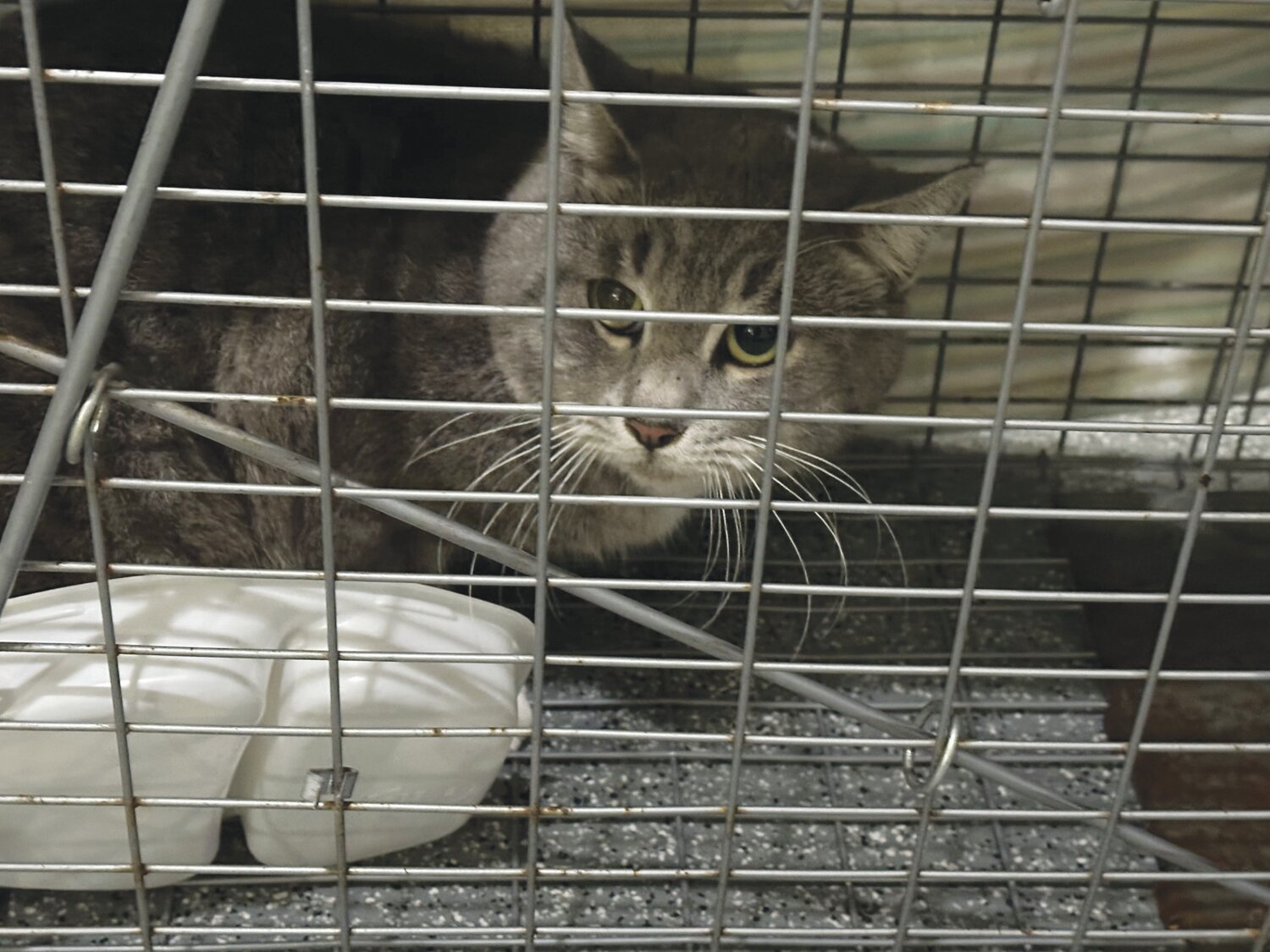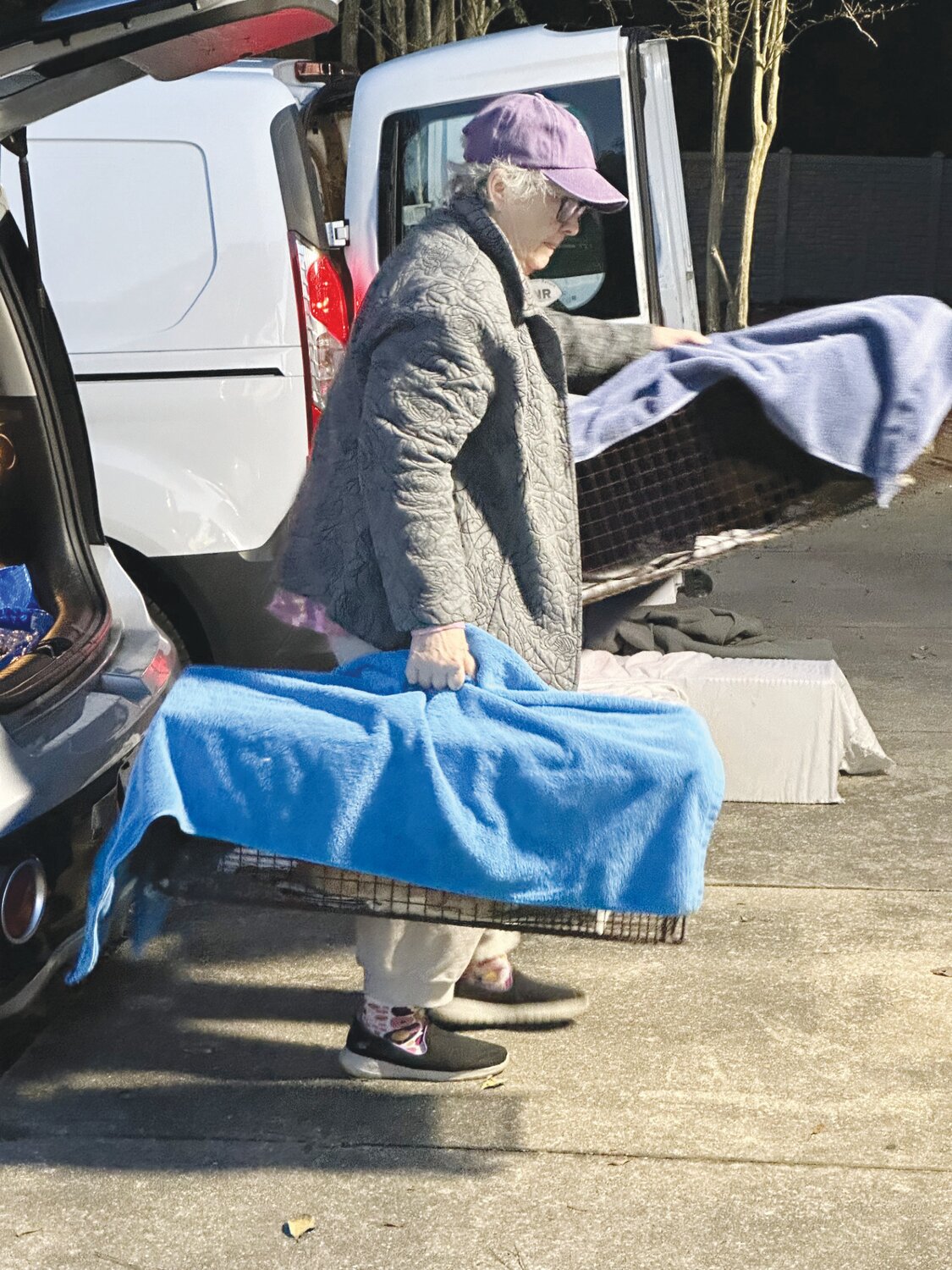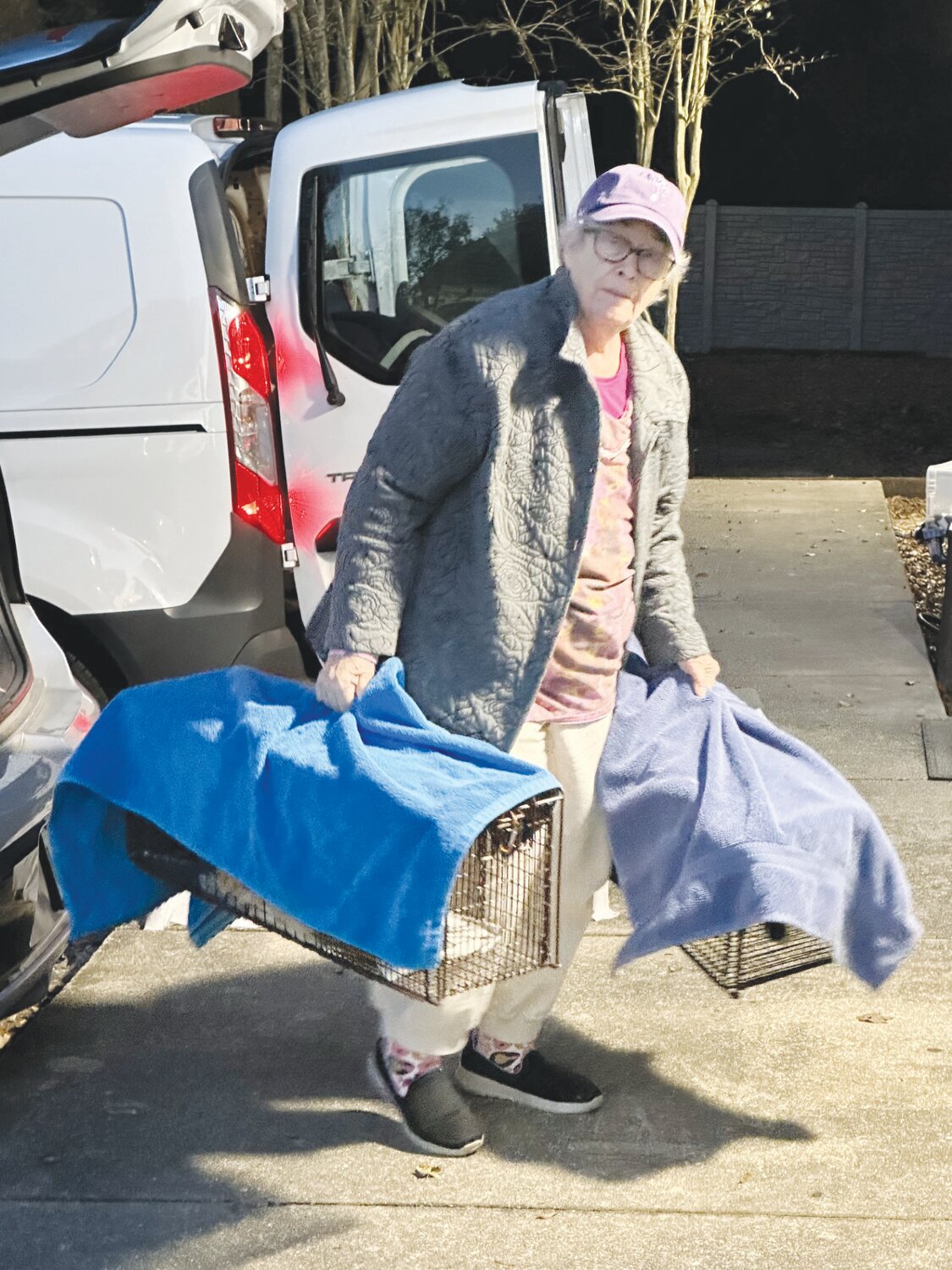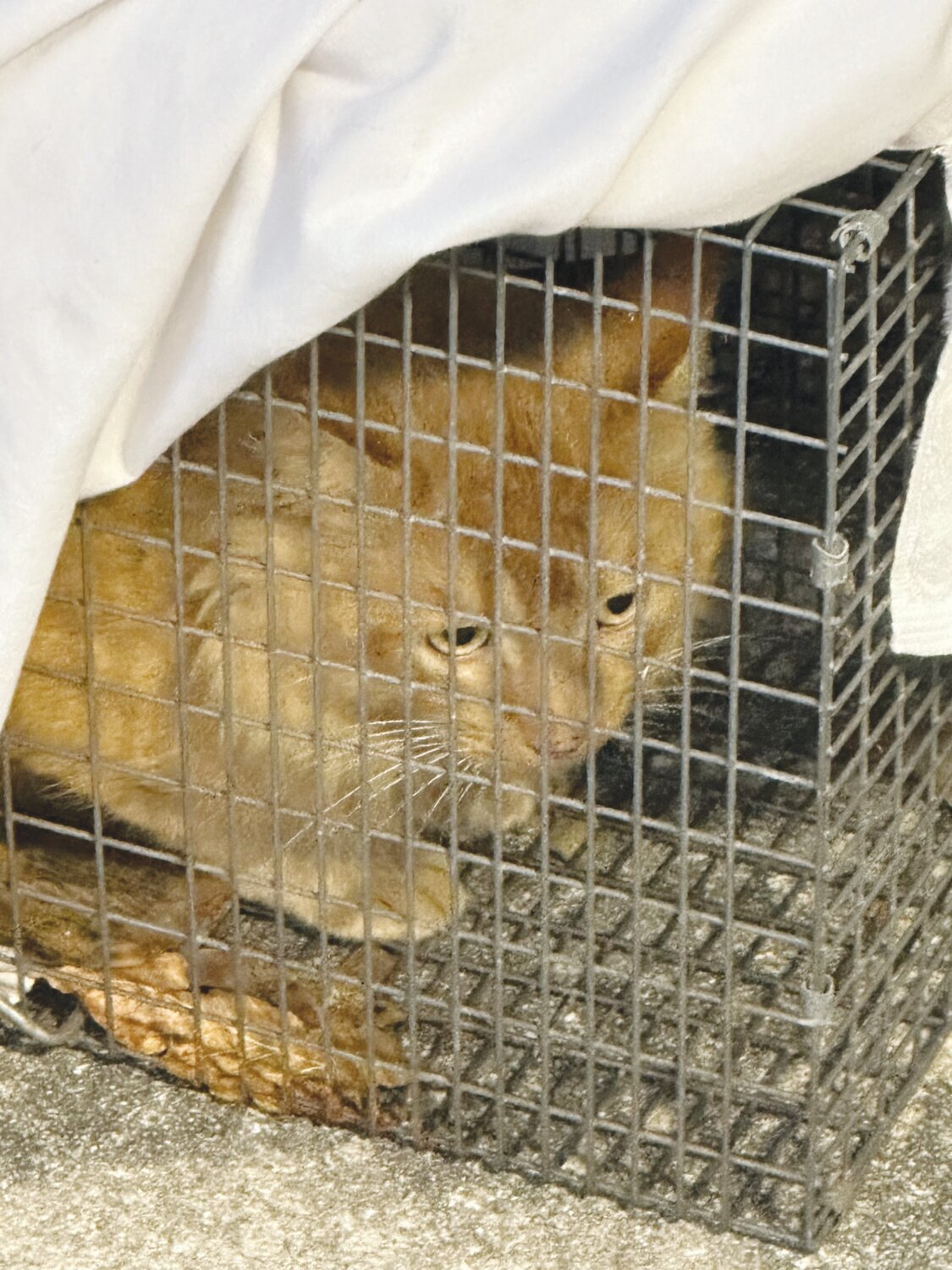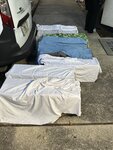Woman uses patience, passion to Trap-Neuter-Return unowned cats
Martha King has devoted 22 years to controlling cat populations
ORANGE PARK – Martha King usually keeps a crossword puzzle within arm’s reach on the passenger seat. It’s one of the necessary distractions to keep her mind busy while she sits and …
This item is available in full to subscribers.
Attention subscribers
To continue reading, you will need to either log in to your subscriber account, below, or purchase a new subscription.
Please log in to continueDon't have an ID?Print subscribersIf you're a print subscriber, but do not yet have an online account, click here to create one. Non-subscribersClick here to see your options for subscribing. Single day passYou also have the option of purchasing 24 hours of access, for $1.00. Click here to purchase a single day pass. |
Woman uses patience, passion to Trap-Neuter-Return unowned cats
Martha King has devoted 22 years to controlling cat populations
ORANGE PARK – Martha King usually keeps a crossword puzzle within arm’s reach on the passenger seat. It’s one of the necessary distractions to keep her mind busy while she sits and waits. And waits. And waits.
King has been devoted to the Trap-Neuter-Return program for 22 years. The program traps unowned cats to be spayed or neutered and then returned to their outdoor homes.
It’s a process that requires a lot of patience. She got to the Clay County Humane Society at 3:30 a.m. last Tuesday with two cats she had trapped a day earlier. The Humane Society offers free spay and neutering for the first 30 cats every Tuesday. The doors open at 7 a.m., so she had 3½ hours to kill and work on her crosswords.
She wasn’t alone. Seven other cars were idling silently in the parking lot, with others who wanted to help control the community cat population.
“We all know each other,” said Lisa Perez-Dryden, who had eight cats in separate traps in the back of her mini-van. “It’s a small community, and we’re doing a very important job.”
“We’ve met each other here and formed friendships over time,” King said.
King had two kittens to drop off. They were trapped a day earlier and spent the night in her climate-controlled garage to keep them calm and safe.
She spent hours waiting in her car after setting the traps to see if they’d take the bait. More crosswords. She returned to the Humane Society seven hours later to return the two cats to where they were trapped. During the downtime, she set more traps. Cats and kittens caught on Tuesday and Wednesday will go to the Clay County Animal Services in Green Cove Springs, where they offer free spay and neutering to the first 40 cats dropped off on Thursdays.
“I average between five and 10 cats a week,” King said. “In the past 22 years, I’ve probably trapped thousands of cats. Thousands.”
Why?
“Because I like cats,” she said. “They’re in unfortunate circumstances, and I don’t like to find dead kittens. That’s how I started. I thought the only way not to find dead or suffering kittens is to have no kittens at all.
“They can start reproducing when they’re four months old here in Florida. They can have three litters a year. If they have four or five each time. You do the math.”
Alleycat.org found that TNR stabilizes colonies. A two-year study of six spayed or neutered colonies found an average population decreased by 36%.
“Clay County has a cat problem. Florida as a cat problem,” King said.
The Safe Animal Shelter accepts requests to trap-neuter-return community cats on its website, safeanimalshelter.com/trap-and-return. Safe then passes the information to cat lovers like King.
While Safe is the facilitator between concerned residents and trappers, it doesn’t shelter the cats or offer free spay or neutering.
“We aren’t rescuing cats,” King said. “And we don’t call them ferals. They’re community cats. People complain about the cats, but it’s not the cats' fault. And removing them doesn’t work because other cats will come in their place that aren’t fixed. So the idea is to fix them. They hold the spots, and they go away by attrition.”
According to Alley Cat Allies, a nonprofit cat advocacy group, other cats generally don't move in when a fixed cat returns to its original location. They call it the Vacuum Effect. When a cat is removed, it creates a territorial opening that will not remain empty.
King said it’s important not to feed cats until they are fixed.
“Orange Park and Clay County are full of cats,” King said. “It’s not just Clay County. It’s all the counties around. We’re fortunate enough to have two programs to help us out for free. It’s just a terrible problem.”
Until it’s resolved, King plans to fill in many more crossword puzzles as she patiently waits for more cats to Trap-Neuter-Return.


